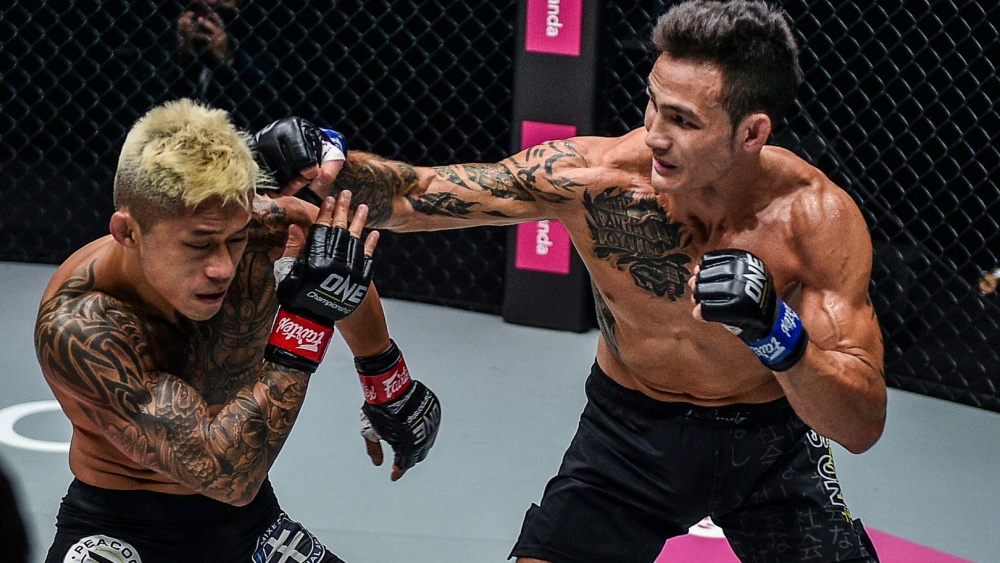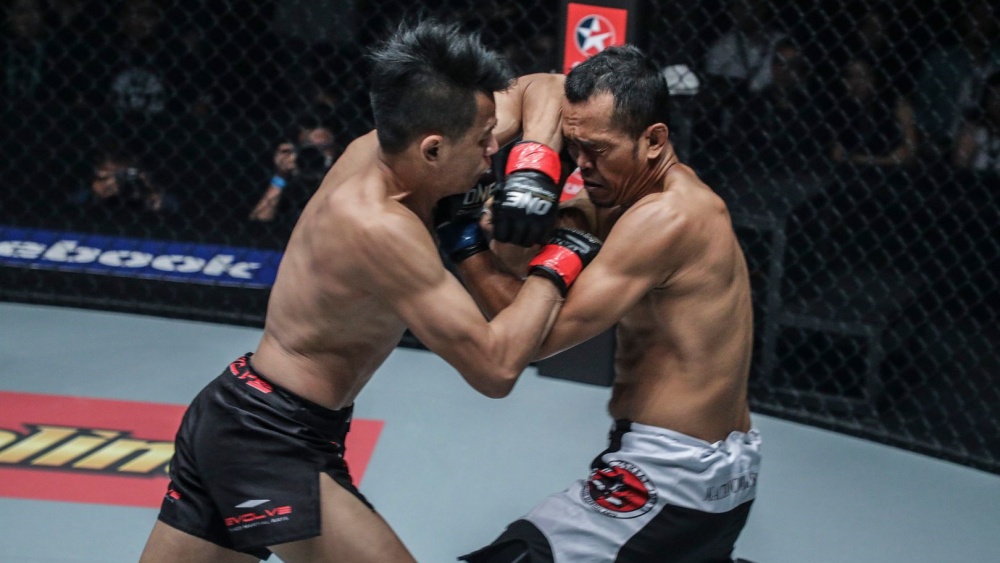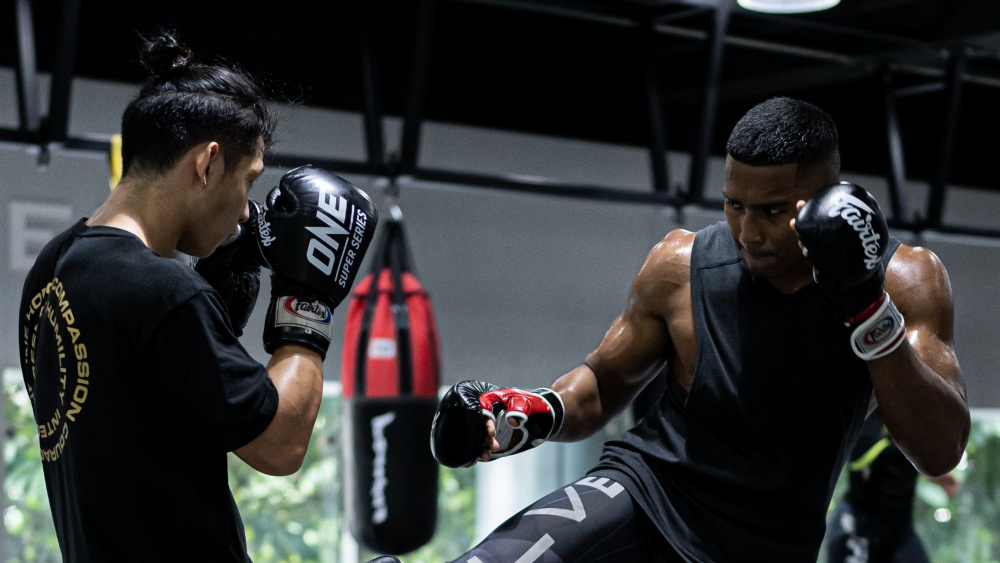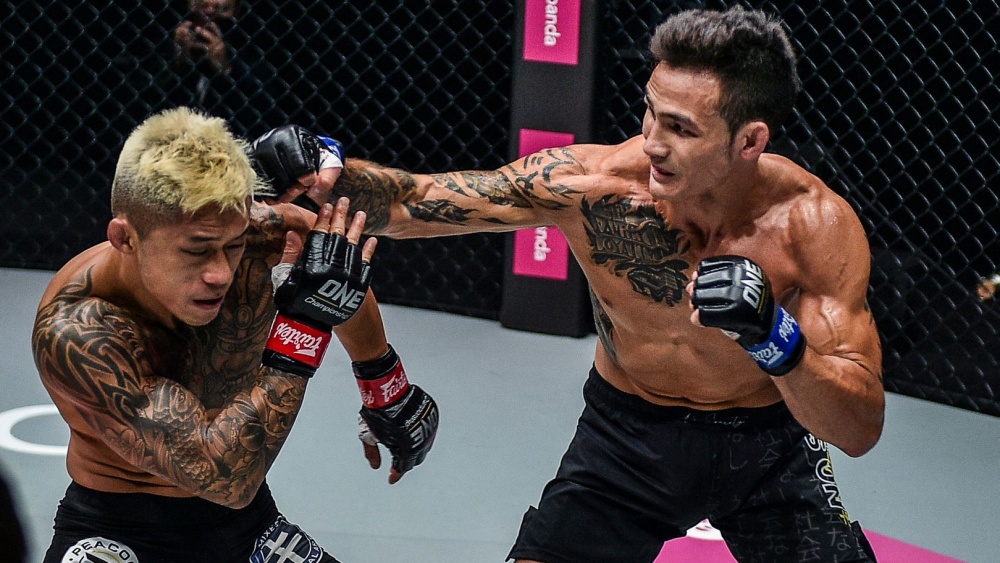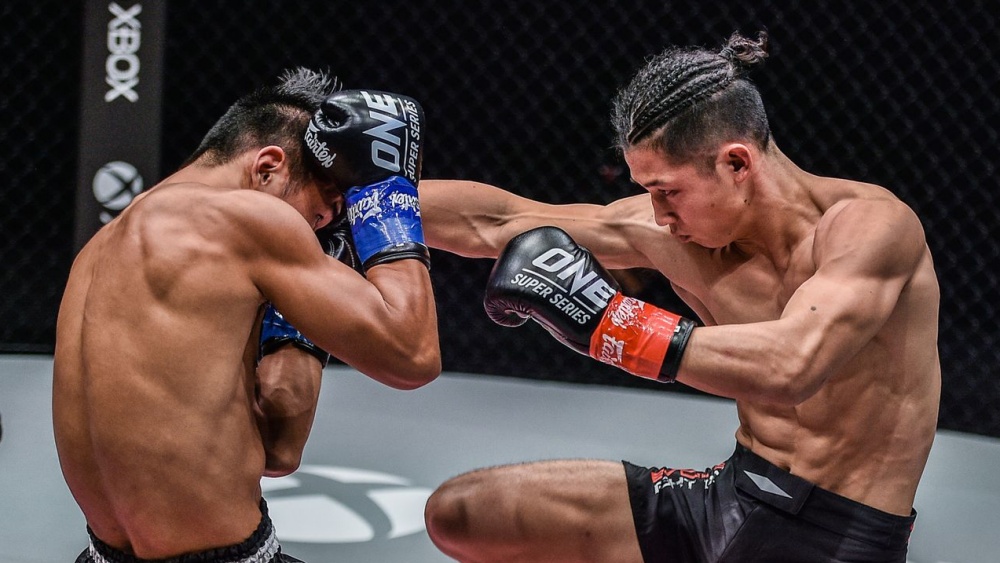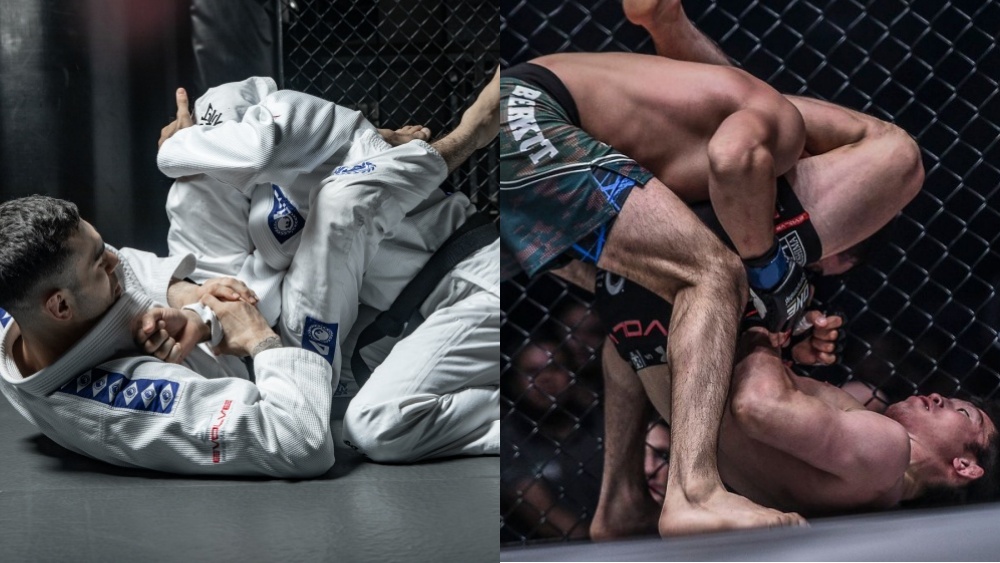MMA consists of a variety of disciplines and martial arts that each have its distinct advantages. Styles such as boxing focus on striking techniques, while grappling-based styles such as BJJ often focus on the ground game. The clinch is the space that bridges the gaps between striking and grappling games. It is commonly found in MMA and even martial arts such as Muay Thai and Sambo.
The clinch takes place at a very close range, where both opponents can grab and strike each other. However, most fights do not start in clinch range, and fighters must be able to close the distance without taking too much damage. This can be done through a series of punches, kicks, and head movements.
Even if you are primarily a grappler, it is crucial to develop your striking game, otherwise, your opponent could win by dancing and scoring from the outside. Today, Daily Evolve shares 5 areas to improve in your MMA clinch game.
1) Underhook
Once both fighters are in the clinch, the battle for control begins. You often see fighters vying for control of their opponent’s head, neck, or arms. This is extremely important as the fighter that has control can essentially dictate where the fight takes place. One of the best positions a fighter can be in the clinch is having double underhooks on the opponent.
Underhooks are extremely useful, as they can control posture and negate any power strikes on the side that they are on. Once you have an underhook, lift your arm to deny any striking on that side, and place your hand on your opponent’s shoulder or around their back. You ideally want to get another underhook on the other side as well.
A skilled opponent will not easily give you the underhook as they know how much control it provides. Use your free hand to control theirs, grabbing them at the wrist or bicep. Wear them down by intermittently striking before immediately returning to take control of their arm. From here, you can time a takedown, or go for another underhook once their stamina has been depleted enough, ensuring your success.
MMA fighters also have the luxury of using the cage as leverage during the clinch. Although the cage is often used defensively, fighters like Khabib Nurmagomedov have incorporated it into their offense, giving them a powerful advantage. Utilizing the cage offensively in conjunction with underhooks can give you a chance to pin your opponent and drain their strength simultaneously.
2) Head Control
https://www.youtube.com/watch?v=nnCpYIA6vME
Head control is an aspect often overlooked in the clinch. You can use your head to press up against your opponent’s chest, shoulder, or jawline. This prevents them from getting a comfortable base and posture.
If your opponent is in the dominant position, you can also use head control to create opportunities, bide time and even prevent takedowns. This serves a double purpose, as your opponent will not be able to strike your chin effectively with your head so close to theirs.
Striking in the clinch is a form of art by itself. You can use frames and shoulder bumps to set up sneaky power hooks like boxing great Henry Armstrong. Henry’s style is a great example of head control and distance management as well.
https://www.youtube.com/watch?v=AoTQlCJOMmE
The legendary boxer Roberto Duran also had tactics that can be utilized in the MMA clinch. He would often use head and hand control to outmaneuver his opponents, often landing strike after strike. This can be possible by gaining the inside position via underhooks and hand traps.
Once Duran had secured one underhook, he would place his free hand above his opponent’s free hand, parry it downwards, and flow right into a hard uppercut or hook. This illustrates how dominant obtaining an underhook can be. Duran was often able to discharge multiple shots with the same arm before returning to a wrist or bicep control.
3) Turning Your Opponent
https://www.youtube.com/watch?v=N_bJVON3qMU
Another technique found both in boxing and Muay Thai is turning your opponent in the clinch. This can reverse a takedown or throw attempt, even off-balance your opponent, giving you opening for your throws.
Roberto Duran would often waltz past his opponent after slipping a blow in clinch range. This can be applied to MMA to reverse positions with your opponent if you have your back against the cage. Skip to 2:52 to see a film of this technique in action against a live opponent.
4) Leg Locks
https://www.youtube.com/watch?v=Bib1dER6OI8
Leg control, found in Muay Thai and Sambo, is another excellent way to improve your MMA clinch game. In contrast, Muay Thai and Sambo utilize the fighter’s legs to control and off-balance an opponent, leaving their arms free to strike.
A body lock via double underhook is another powerful technique not often seen outside of Folk Wrestling. The legendary Khabib Nurmagomedov is one that utilizes this a lot, especially when executing his signature ‘Smesh’ ground and pound. Abdulmanap Nurmagomedov, who taught Khabib, shares his wealth of knowledge in the video above.
5) Strength And Conditioning
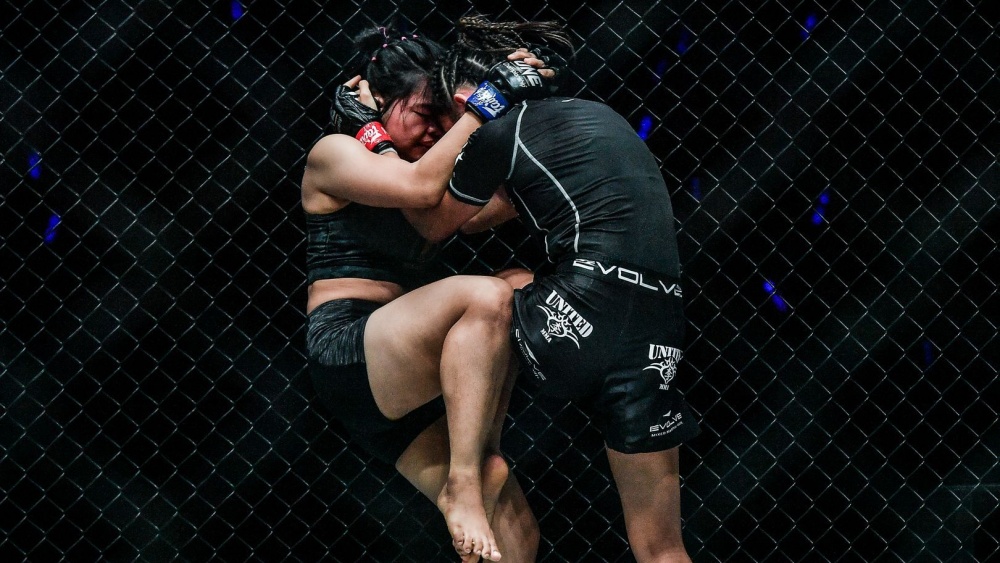
Techniques aside, raw physical strength and stamina play an essential role in the effectiveness of the clinch. The best way to train is by clinching with a variety of people day in and day out, hours at a time. This is the exact approach many Muay Thai fighters in Thailand take, and is a big part of their overall proficiency in the clinch.
For solo training, strength and conditioning exercises will translate to an increase in clinch effectiveness. Train pull motions specifically, using pull-ups and athletic bands, and observe the increase in your ability to control your opponent.
Clinching the heavy bag while you deliver knees for multiple rounds can help you increase your stamina. Be sure to train your core as much as possible with sit-ups, crunches, and leg lifts to ensure stability. Otherwise, you’ll find yourself in situations where you are thrown and swept constantly by your opponents!
You may also like:
